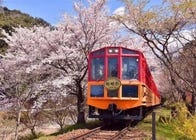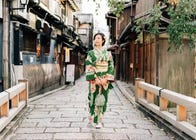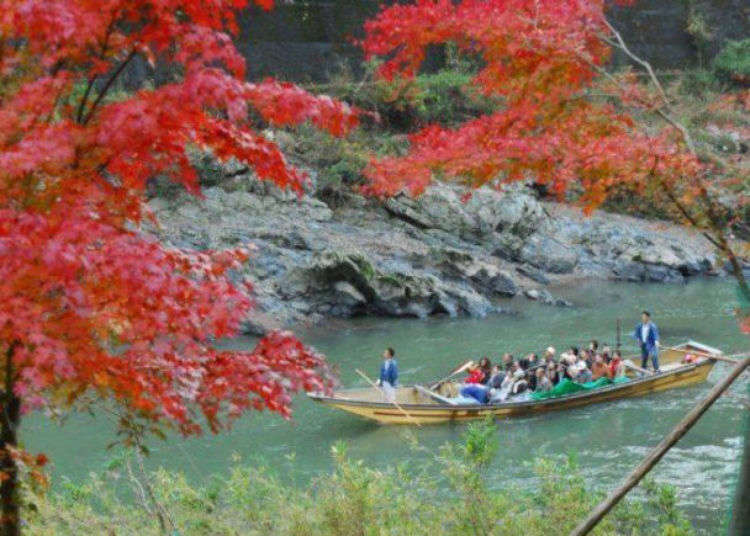
Experience the beauty of Kyoto on the Hozugawa River Boat Ride (Hozugawa Kudari), a 2-hour scenic cruise through cherry blossoms in spring and vibrant autumn foliage.
400-Year History of the Hozugawa River Boat Ride
Ruled by Akechi Mitsuhide, the former mountain castle town of Kameoka is located to the northwest of Kyoto. About an 8-minute walk from JR Kameoka Station is the boarding area for the Hozugawa River Boat Ride.
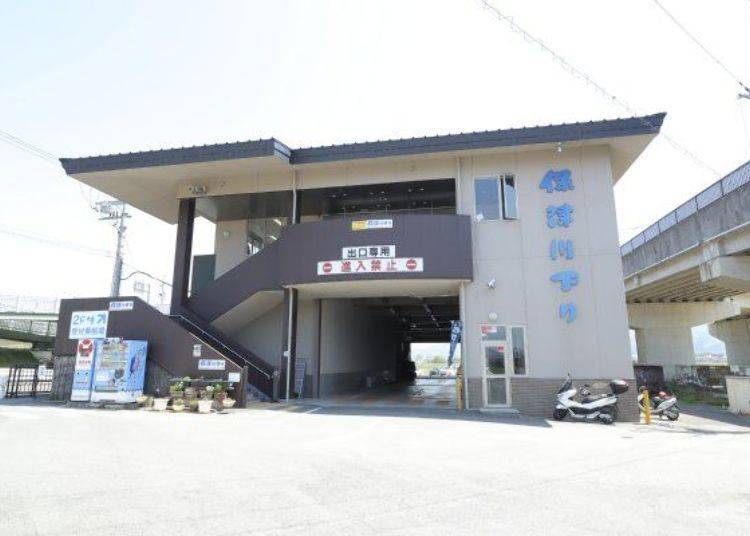
Nestled to the northwest of Kyoto, the former mountain castle town of Kameoka harbors a treasure of history - the Hozugawa River Boat Ride, merely an 8-minute walk from JR Kameoka Station.
Dating back centuries, the origins of the Hozugawa River Boat Ride trace to the year 1606 when a prosperous Kyoto merchant, Suminokura Ryoi, ingeniously crafted it as an industrial waterway. Its purpose was to ferry goods, such as lumber, firewood, and charcoal, from Tanba Province to the capital city.
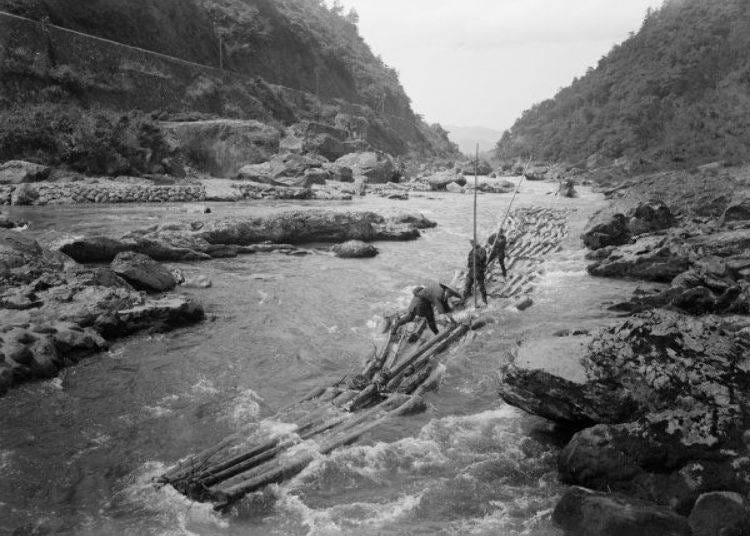
With the advent of modern transportation like railways and cars, the mode of cargo delivery evolved, transforming the Hozugawa River Boat Ride into a captivating tourist attraction. Today, visitors embark on this picturesque journey to relish the beauty of the valley through all four seasons.
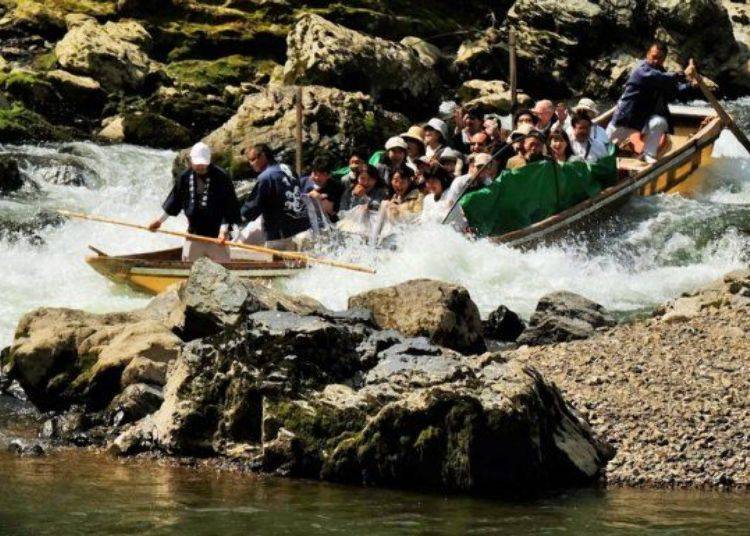
Aboard the 16-passenger flatboat, a skilled three-person crew adeptly navigates through river rapids and challenging rocky terrains, using long bamboo sticks to steer the vessel gracefully - an enthralling spectacle to witness.
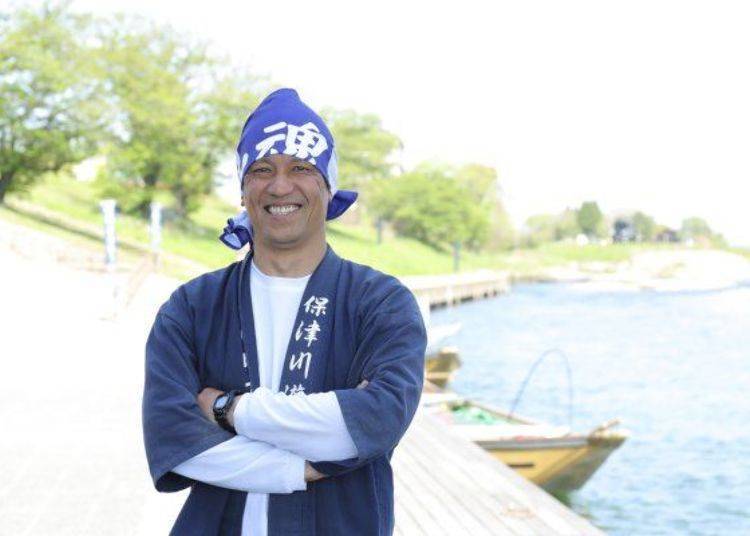
Meet Hiroshi Kawarabayashi, a seasoned boatman and native of Kameoka, who abandoned his office job to embrace the historical significance of his hometown.
With over two decades of experience, he sheds light on the rigorous path to becoming a full-fledged boatman: “To become a fully-fledged boatman, it takes about ten years of experience not only handling the ship but learning the river and its changes throughout the seasons.”
Preservation and maintenance of the river and its banks stand as vital responsibilities for these dedicated boatmen, who have also embraced learning foreign languages like English and Chinese to accommodate the surge of international visitors.
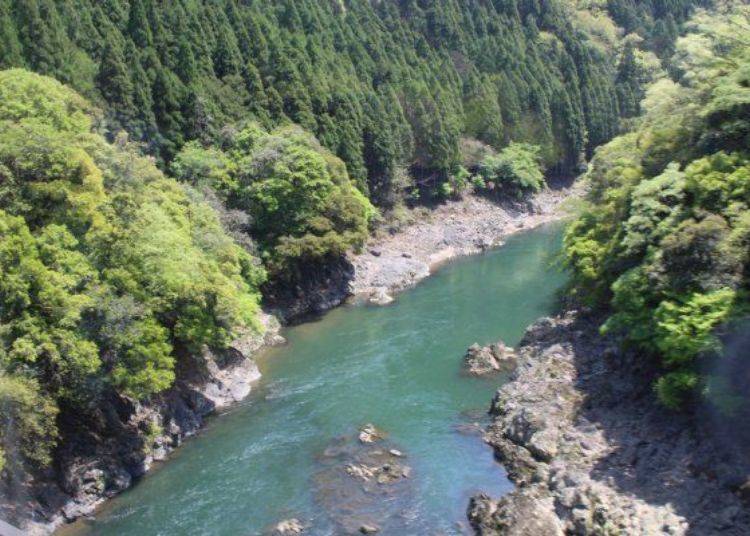
Spring adorns the riverbanks with cherry blossoms, and autumn cloaks them in a radiant tapestry of hues. On these enchanting days, more than a hundred boats set sail, a testament to the boatmen's unwavering endurance.
For Mr. Kawarabayashi, “Surrounded by nature and 400 years of history, it is our duty as boatmen to ensure that everyone on the boat is enjoying the whole experience.”

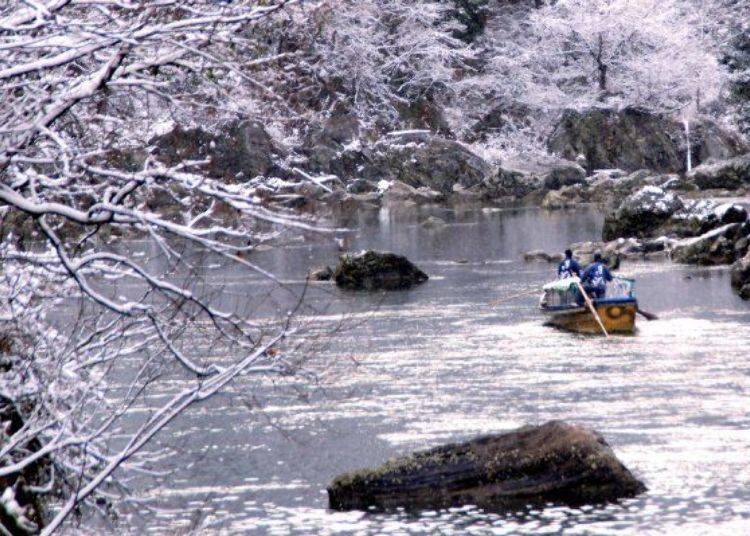
Preparing for Your Kyoto River Cruise: What to Know
Hozugawa River Boat rides start at 9:00 AM and cost 4,500 yen for adults and 3,000 yen for children four years of age to elementary school students (tax included for both prices).
- Regular Boat Departure Times (Weekdays): 9:00 AM / 10:00 AM / 11:00 AM / 12:00 PM / 1:00 PM / 2:00 PM / 3:00 PM
- *On Saturdays, Sundays, and holidays, departures will be based on the number of passengers gathered.
- Price: Adults 4,500 yen; children 3,000 yen

We arrived first thing in the morning, but there was already a crowd of tourists waiting for their boats. Many visitors will take the Sagano Romantic Train from Arashiyama to Torokko Kameoka Station and then take the Hozugawa Kudari back down to Arashiyama.
We board our boat at the base of Shin-Hozu Ohashi Bridge, and it’s time to go! The boat has six bench-style seats that fit 3-4 people per row. This time there were a total of 16 passengers. On both sides of the craft, there are sheets to block water. We are excited to see how wet we will get.
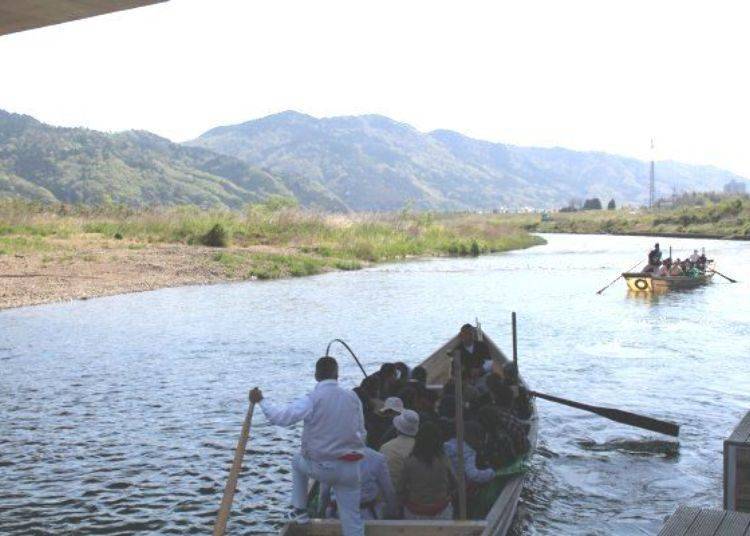
The Hozugawa River Boat Ride boarding area is located in Kameoka Valley and the river is wide with a moderate flow.
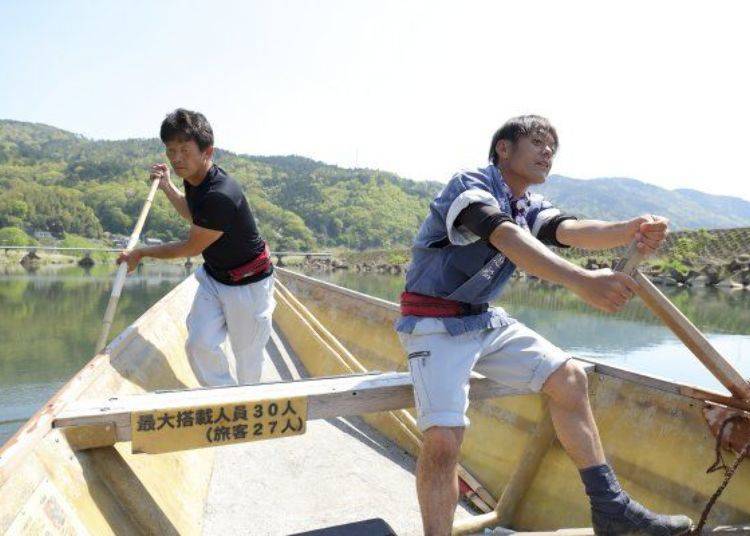
The three crew have their own roles, the boat person at the bow is the sao-sashi, and their job is to use the long pole and push the boat forward and adjust the direction. The kai-hiki uses the oar and acts as the engine.
At the stern of the boat is the kaji-tori, who operates the rudder to navigate the ship. The most important thing is for the three-person crew to work as one.
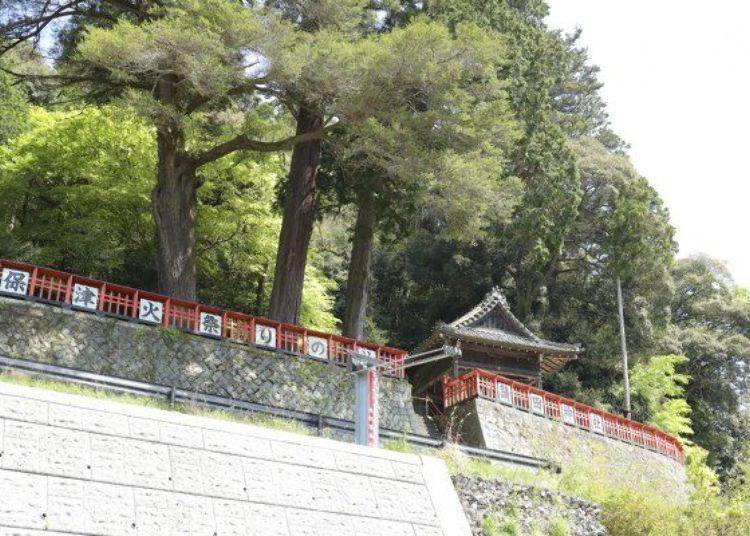
The Kyoto river cruise crew humorously introduces the method of operating the boat, history of Hozugawa Kudari, and areas to see, and the experience was filled with a friendly atmosphere.
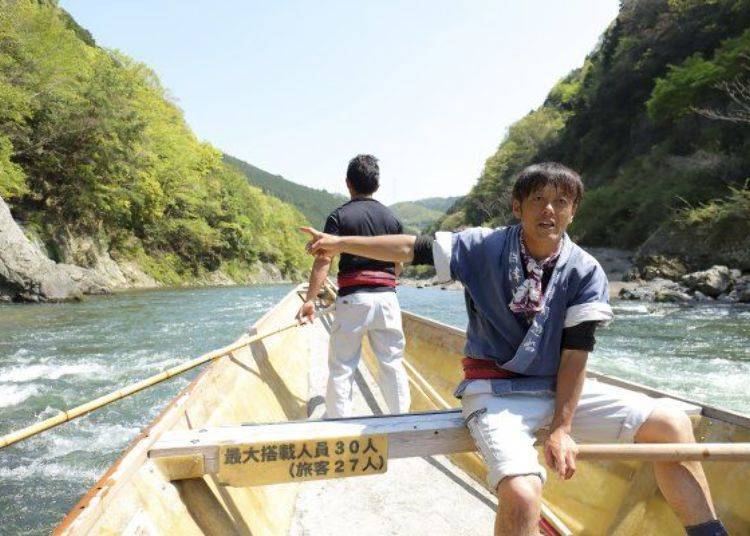
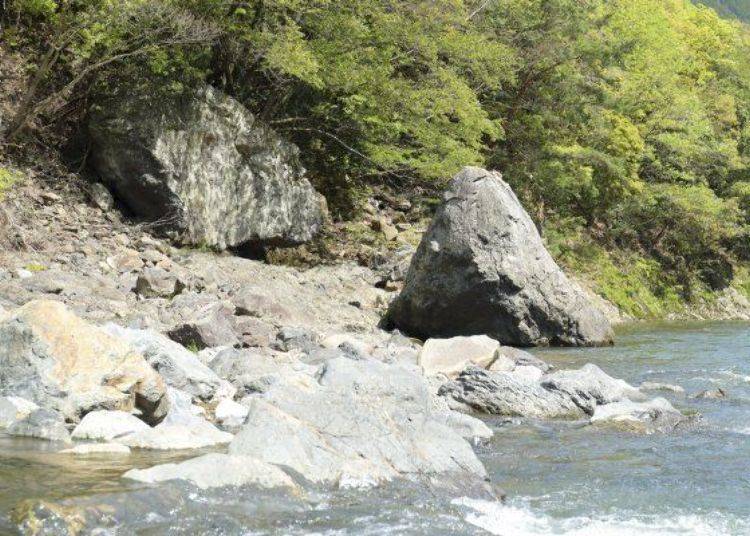
The Sagano Romantic Train connects Kameoka and Arashiyama along the Hozu River, and at times you will be going down the river alongside it. When you look up, you'll likely see many Sagano Romantic Train passengers waving at the boats. Also, the boat crews cheerfully wave at the passengers.
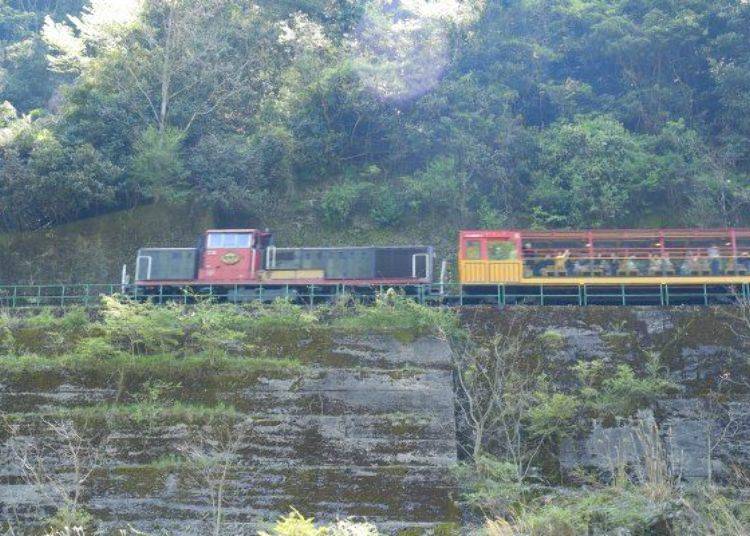
The Route and Scenery: Rapids, Splashes, and Full of Thrill!
For a while the current is calm, however about 20 minutes in you will enter the first section of rapids.
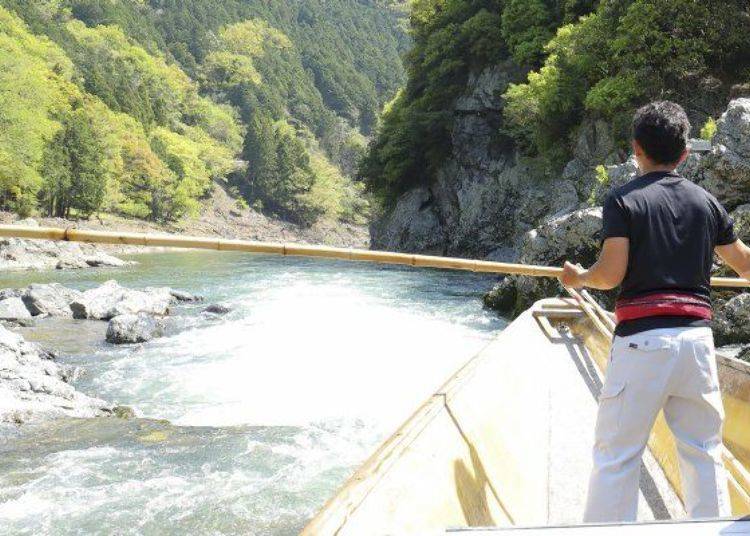
This area is called Ko-ayu no Taki (Sweetfish Falls) and is the only place on the Hozu River with a waterfall in its name. There is a difference in elevation of about two meters, and it was named ‘Sweetfish Falls’ because the sweetfish can’t go upstream. Among the boatmen, they say that the sound of Ko-ayu no Taki has changed to Kowai no Taki (Fearsome Falls).
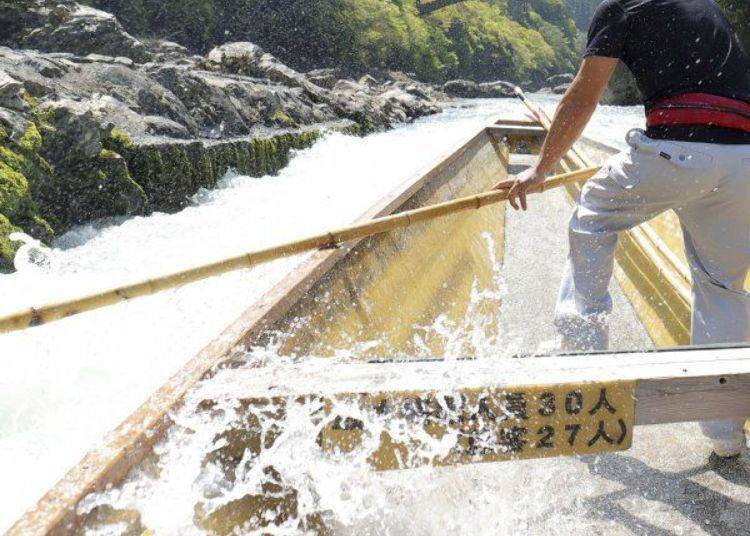
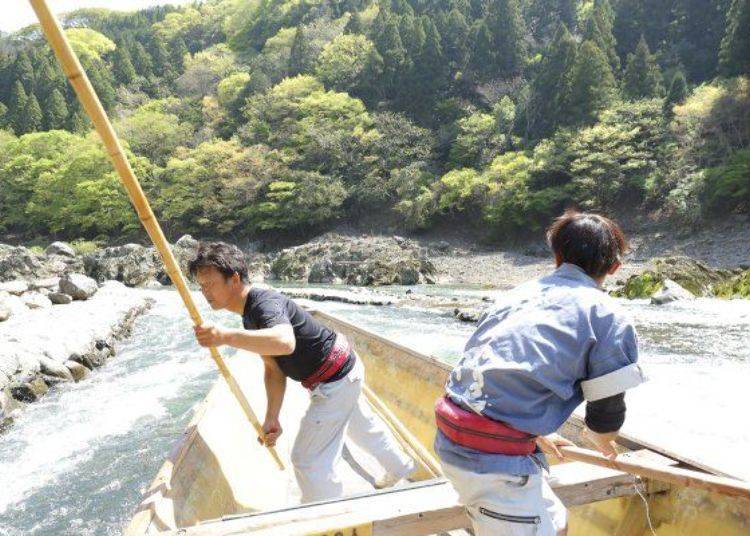
If it weren’t for the teamwork of the three-person crew and skillful maneuvering with the pole, the boat would not be able to navigate the narrow paths between rocks. At moments like this, the cheerful team put on their serious faces, letting you know you are in good hands.
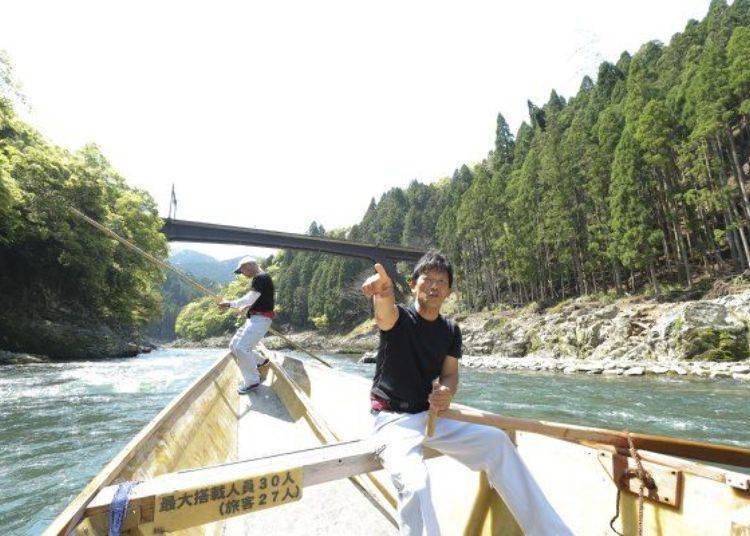
During the Kyoto river cruise, you will go under 5 JR San’in Honsen (JR San’in Main Line) bridges and one Sagano Romantic Train bridge. The bridges go in a straight line, so that means the river winds through the valley. On your way down, you will see Mt. Atago, known as Hibuse no Kami (God of Fire Protection), to the left, then to your front; after a while, you start to get confused about which way you are facing.
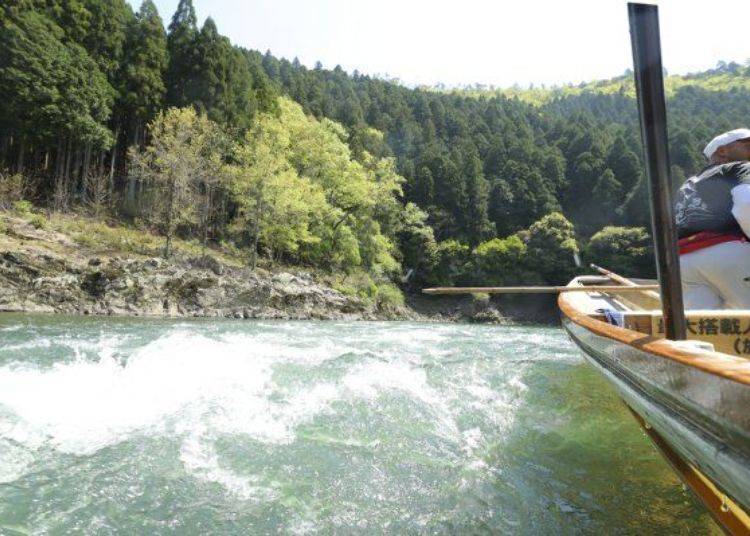
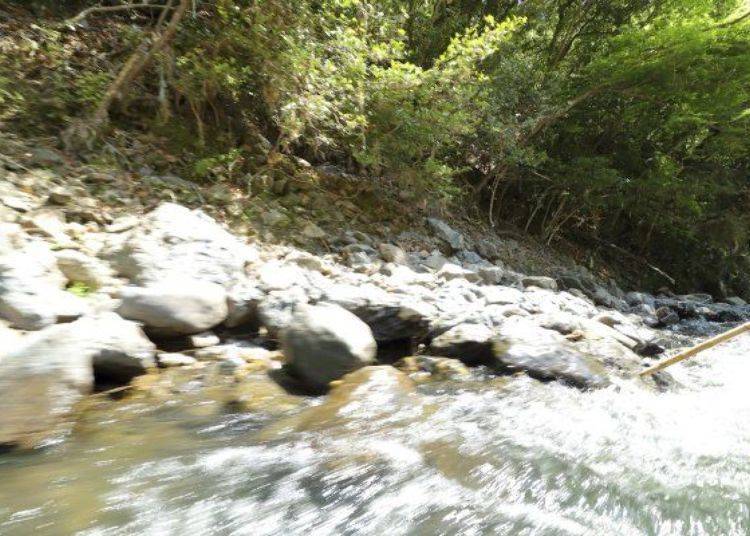
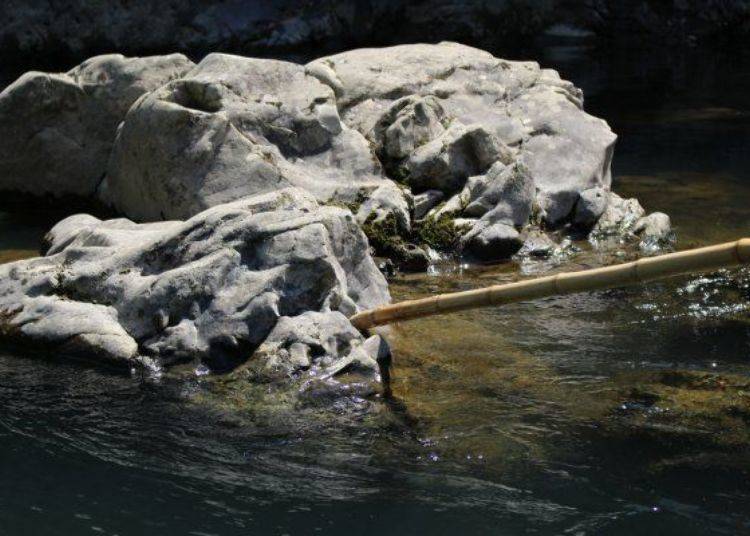
Through repeated use of the poles, the hard rocks have dents. It is proof that many boatmen have been transporting goods and people since the Edo period.
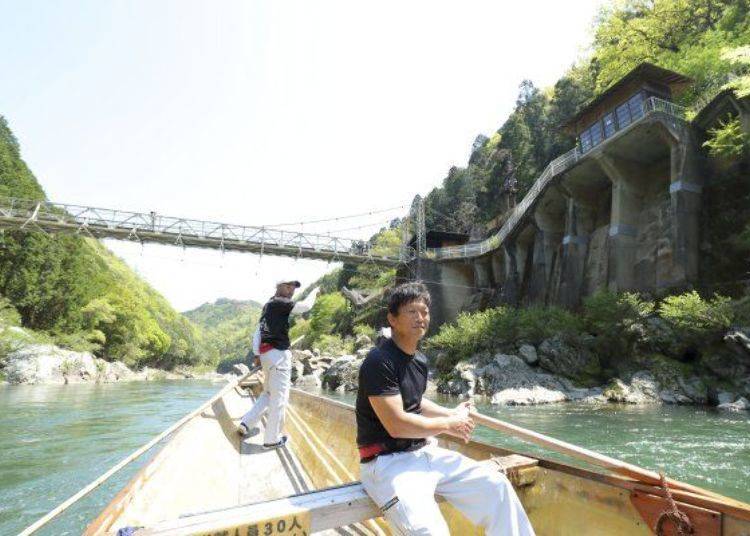
The giant rock Magoroku Iwa covered in moss, is around the halfway point of the course. When Suminokura Ryoi was developing the waterway, this was considered one of the most hazardous areas. The large rock was broken by the stone smith Magoroku, hence the name; also, this was done in an era without heavy machinery. There is also a tragic story behind the name; when Magoroku dealt the final blow to the rock in the rapid current, he also lost his life.
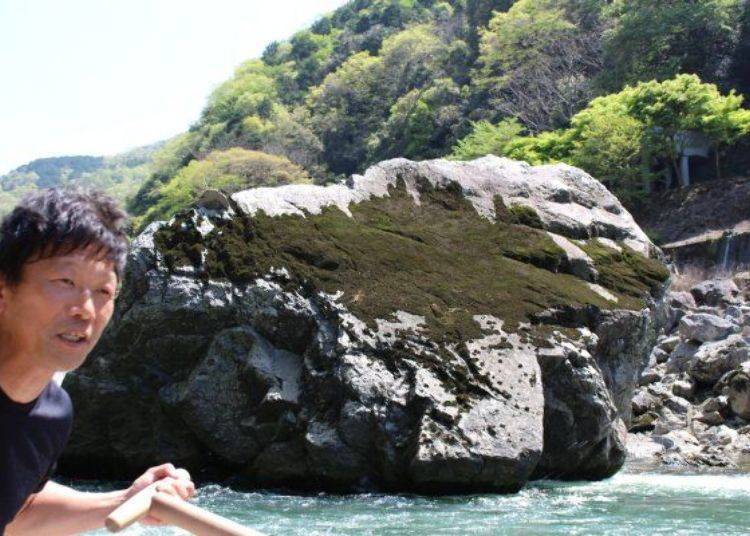
If you look behind the rock, you can see that it was carved by hand. With so much time passing with moss on the rock and trees in the area, you can imagine the struggle of our predecessors.
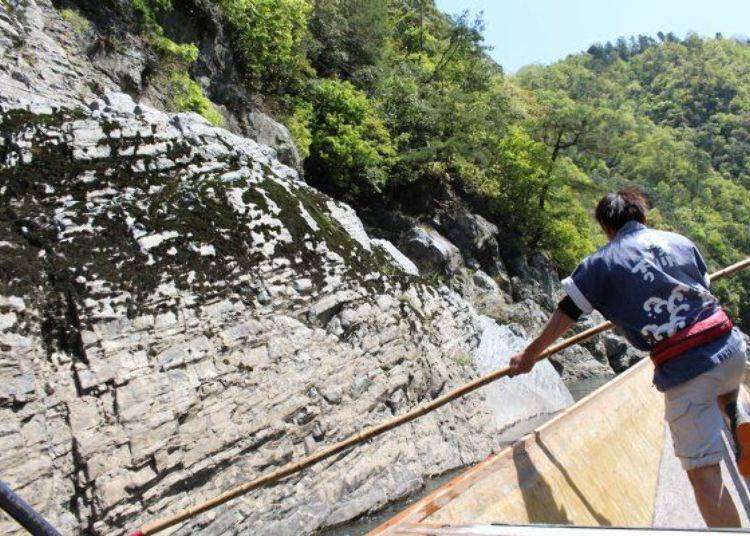
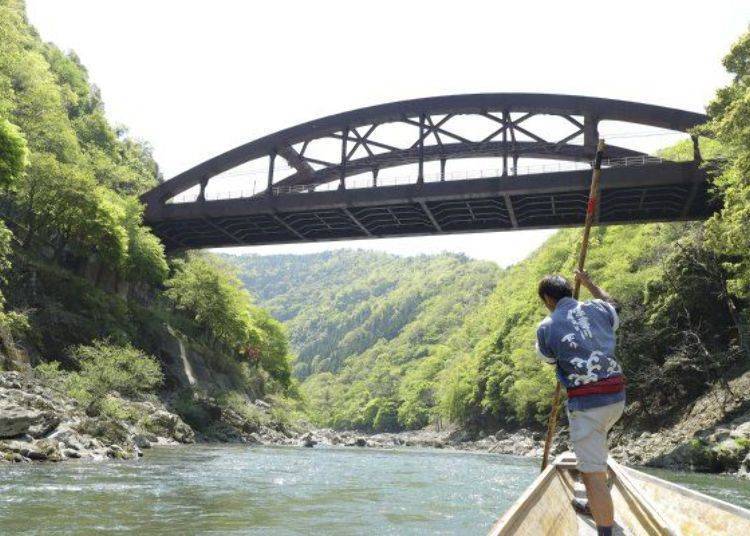
Going under the final bridge.
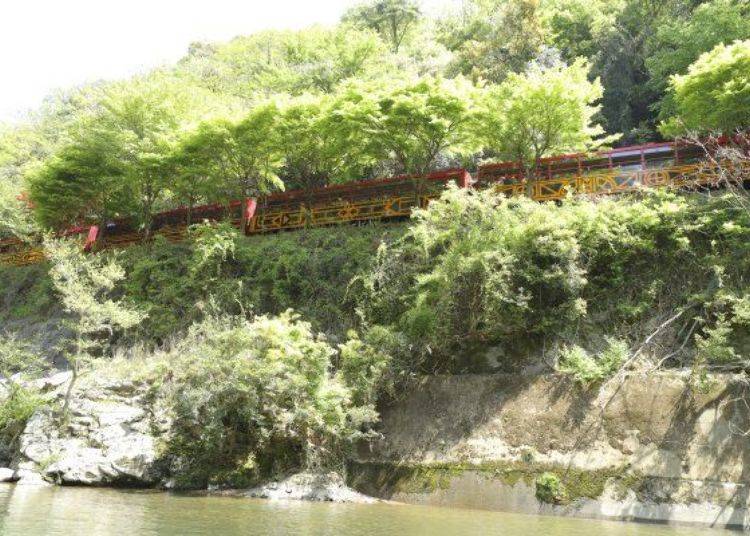
The final rapids are the Oose–Large Rapids. The river width is wide here, but a rocky area with whitecaps lasts a while.
Whenever the boat encountered a bumpy area, the boatman would call out, “Ready the sheets!” We didn’t get so wet, thanks to this. Of course, you can always leave the sheets down and get soaked.
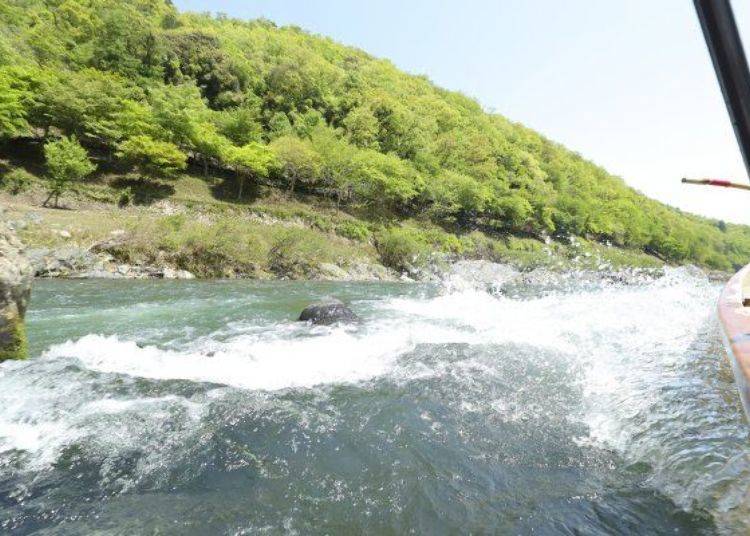
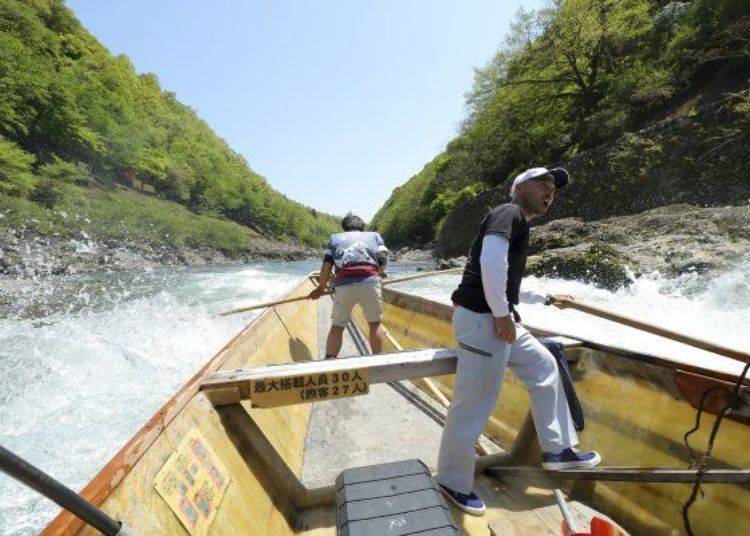
Past Oose, and when the current calms again, there is a boat with paper lanterns and pleasant aroma coming from it.
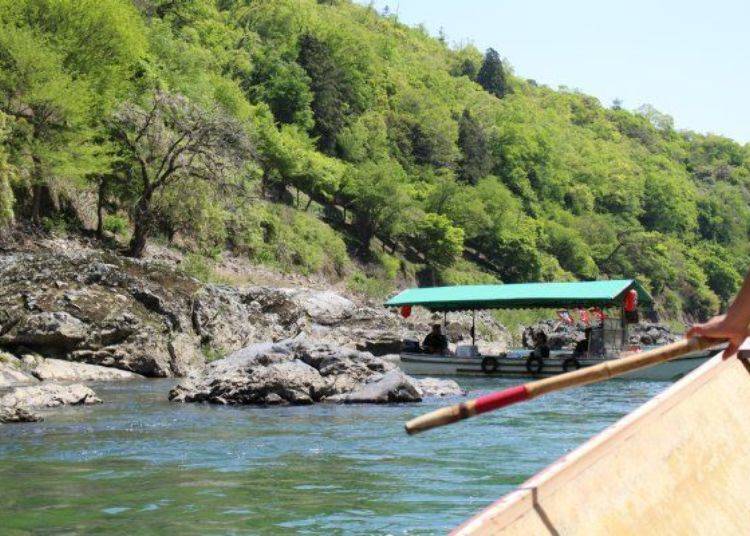
It is the famous concession boat of the Hozu River. The boat slowly gets side-by-side and you are able to buy warm oden (Japanese pot dish with different ingredients) and mitarashi dango (skewered sweet soy sauce glazed dango).

Money and goods will go between guests for the people on the other side of the concession boat. After the 2 hour ride screaming through rapids and laughing, the boat becomes one. It is amazing how the boat is filled with a warm atmosphere.
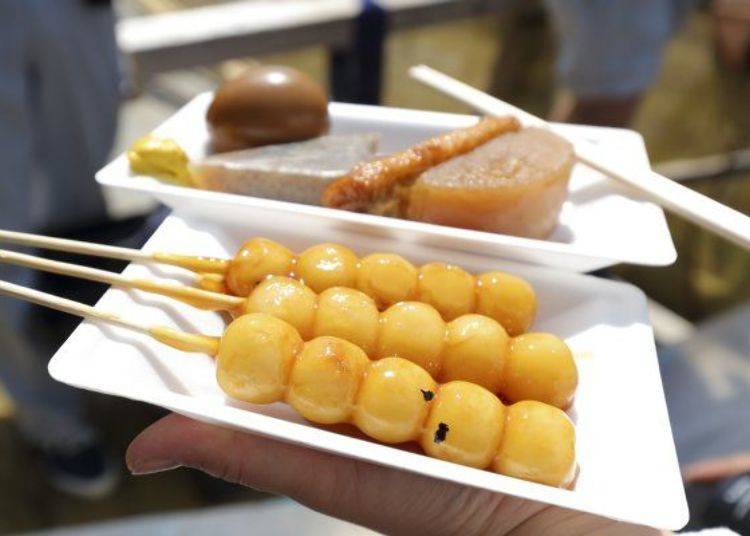
After leaving the concession boat, you can see Togetsu-bashi past the boatmen. At this point the river is filled with yakatabune (home-style boat) touring Arashiyama and boats transporting customers to their inns.
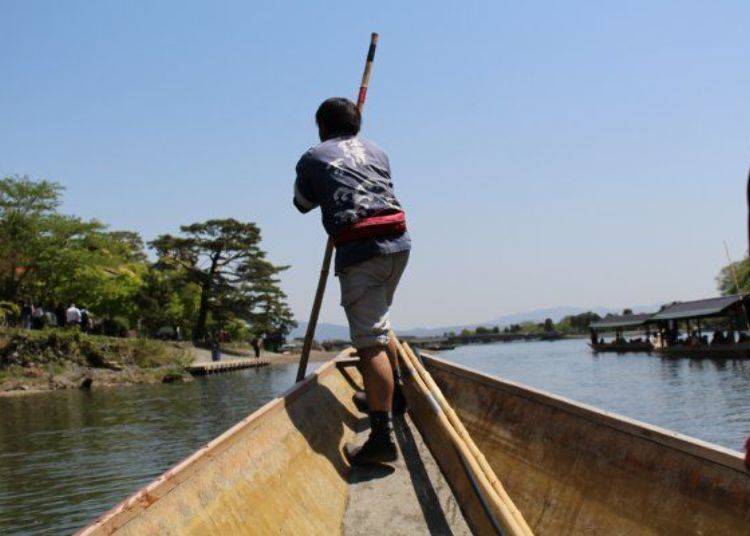
You will part ways with the other guests at little bit upstream from Togetsu-bashi.

After waving goodbye to the boatmen at the dock, Arashiyama is downstream filled with tourists. It is still before noon after the boat ride, and you can explore the Arashiyama area for half a day!
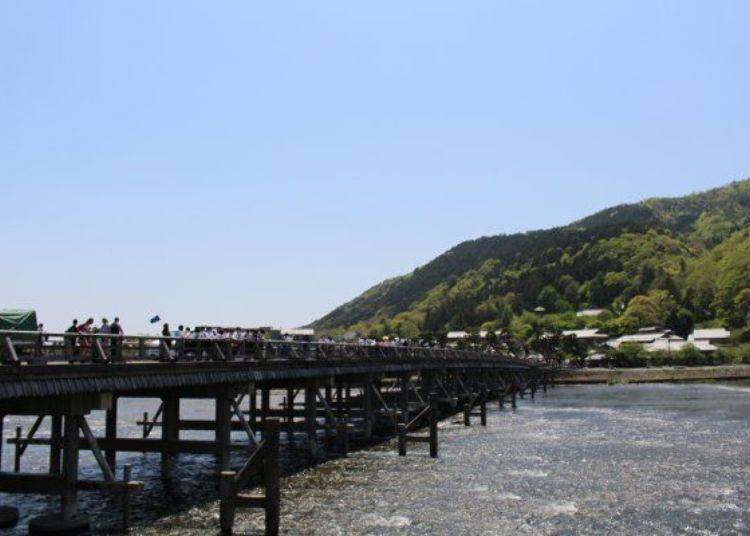
A boat trip that is full of thrill, nature and photogenic spots. A warm experience with cheerful boat crew will be something to remember.
-

-
Address
2, Shimonakajima, Hozucho, Kameoka-shi, Kyoto, 621-0005
View Map -
Nearest Station
Kameoka Station (JR Sagano Line / JR San-in Line)
9 minutes on foot
- Phone Number 0771-22-5846
-
Address
2, Shimonakajima, Hozucho, Kameoka-shi, Kyoto, 621-0005
- Area
- Category
*Prices and options mentioned are subject to change.
*Unless stated otherwise, all prices include tax.
Popular Tours & Activitiess
Recommended places for you
-

Kasuga-taisha Shrine
Shrines
Nara, Ikoma, Tenri
-

Kambei Sannomiyahonten
Yakiniku
Kobe, Sannomiya, Kitano
-

ISHIDAYA Hanare
Yakiniku
Kobe, Sannomiya, Kitano
-

Kanzenkoshitsuyakinikutabehodai Gyugyu Paradise Sannomiya
Yakiniku
Kobe, Sannomiya, Kitano
-
Goods

Yoshida Gennojo-Roho Kyoto Buddhist Altars
Gift Shops
Nijo Castle, Kyoto Imperial Palace
-

Jukuseiniku-to Namamottsuarera Nikubaru Italian Nikutaria Sannomiya
Izakaya
Kobe, Sannomiya, Kitano
-

Celebrate a Dreamy Barbapapa Christmas at JR Osaka Station's Twilight
by: Guest Contributor
-
Ad

Recharge and Relax with a Healing Getaway at Kamenoi Hotel Toba
-

Everything You Need to Know About teamLab Biovortex Kyoto (2025 Insider Guide)
by: Wemmy Chau
-
Ad

Discover Timeless Beauty: Kimono-en, a Web Magazine Exploring the Spirit of Kimono
-
Ad

Café Bahnhof in Osaka: The home-roasted coffee that captivated G20 leaders!
-

New Way to Reach Koyasan! Ride Nankai's 'GRAN Tenku' for a Heavenly Journey
by: Guest Contributor
Inspiration for Accommodations
-

Spacious Family Hotel in Namba: 20 Comfortable Stays for Family Fun
-

Charming Hotels to Enjoy the Spectacular Views of Arashiyama's Autumn Leaves from Your Room
-

Experience Stunning Views of Osaka Castle from Private Spaces: Top Hotels Near Osaka Castle
-

Recommended by Visitors! Arashiyama's Best-Rated Hotels
-

Family-Friendly Universal Studios Japan Hotel with Excellent Access
-

Enjoy a Comfortable Stay in Osaka! 10 Hotels with Convenient Airport Shuttle Services
-

Top 10 Recommended Hotels Near Namba Station with Great Access
-

Enjoy Night Views from Your Room! Recommended Hotels in Namba Area
-

Universal Studios Japan: Guide to Osaka's Giant Theme Park Attractions!
by: WESTPLAN
-

Japan's Bath Culture: Tips You Should Know!
-

Family Trip: The 21 Best Things to Do in Osaka With Kids
by: Hiroko Ariga
-

14 Unique & Fun Osaka Food Tours to Enjoy in 2025
by: Hiroko Ariga
-

5 Must-Visit Nara Temples and Shrines: Discover the Timeless Beauty of Japan's Ancient Capital
by: WESTPLAN
-

22 Fun Things to See and Do in Nara – Japan's 'Deer-ly' Beloved Cradle of Culture
- #best gourmet Osaka
- #things to do Osaka
- #what to do in kyoto
- #what to bring to japan
- #best gourmet Kyoto
- #new years in Osaka
- #what to buy in nanba
- #Visiting Osaka
- #onsen tattoo friendly arima
- #daiso
- #Visiting Kyoto
- #best japanese soft drinks
- #japanese fashion culture
- #japanese convenience store snacks
- #japanese nail trends














